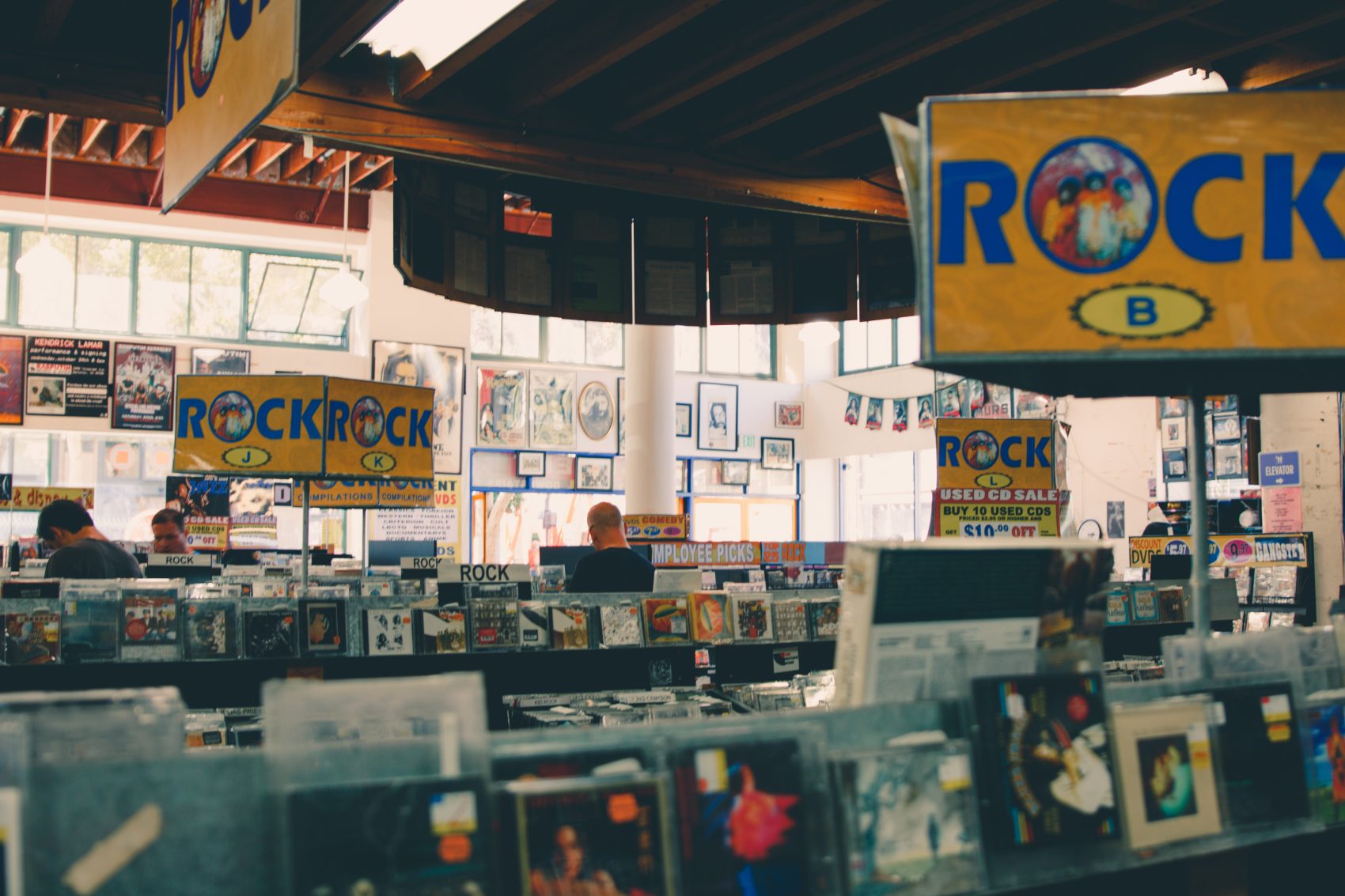Words by Ed Hirst | @edhirsty
All trends undergo change, whether it be fashion, the weather, or your tolerance to drinking tequila (please don’t bring up last weekend). Perhaps as you limply stagger onto a train after a big night out your ears pick up on a strangely familiar melody that’s drifting down the carriage. In your drunken stupor, you might ask yourself, why is this song so familiar?!?
You’re thinking, perhaps it’s the drums that sound quintessentially 1980s? Maybe it’s the guitar riff that sounds like it’s taken from a White Stripes song… or is it the catchy chorus that keeps repeating the words ‘yeah, yeah, yeah’?
Whatever the case may be, popular music has proven to be cyclical in nature and embellished with flares of nostalgia from times gone by, forging that skewed sense of familiarity.
Let’s jump back to the turn of the millenium. The charts were dominated boy bands and girl groups, save for the occasional pop-punk tune. Enter the 2000s, and suddenly bands such as The Strokes, Interpol and The Killers emerged, bearing a guitar-fronted sound that, in contrast, seemed particularly modern, fresh and accessible.
However, a similar ‘garage-rock’ or ‘new wave’ breakthrough occurred 20 years earlier, in the turn of the 80’s, led by bands like Joy Division, The Cure and Talking Heads. Borrowing from these post-punk groups, the garage-rock revival of the 00’s swept across the globe, unearthing bands such as Yeah Yeah Yeahs, Arctic Monkeys, Bloc Party, and – here in Australia – Jet and The Vines. Darrin Verhagen, Senior Sound Lecturer in RMIT’s Digital Media, explains that this phenomenon “stems from the fine art idea that particular movements can often be viewed as a reaction against those that immediately preceded it.”
By the end of the 2000s, however, a general consensus was formed by many that indie rock is actually ‘a bit shit’ and peoples’ attention soon shifted to electro-pop, leaving an abundance of Kings of Leon and Kooks CDs in the landfill.*
From what past trends suggest, every 20 years or so, a dead music genre is dug up from the grave and brought back to life until, sooner or later, it implodes once more.
Verhagen reasons however, that each revival of a genre is certainly not identical to the original and questions ‘affirmations of genre’.
“Music styles are not necessarily large, blunt blocks, rather after periods of time, they tend to form subdivisions,” he explains. “These subdivisions can often overlap with more contemporary styles, leading to the formation of new, innovative subgenres.”
For example, the 1970s presented a ‘Teddy Boy revival’, a nod to 1950’s culture and the resurrection of rockabilly music. Fast forward another 20 years and this then rockabilly fused with punk music, creating the new genre of ‘psychobilly’ – another short-lived phase of music.
The same sort of thing happened in England, when the 1980s brought forth a ‘Mod revival’, a throwback to 1960’s youth culture. This revival carried over into the 1990s with britpop bands like Blur, Oasis and Pulp all borrowing aspects from the aesthetic. However, the britpop movement soon reached the end of its tether by the end of the 90s, with Blur shifting to a sound that borrowed more from American indie rock; Oasis facing severe critical backlash; and Pulp on the cusp of a soon-to-be breakup.
Despite the constant ‘deaths’ of genres in the mainstream, it’s somewhat comforting to know that pop music will never reach a stagnant point. As soon as a particular style goes stale, an old, forgotten style will rise to take its place.
But hang on… if we’re currently in 2018, doesn’t that mean that within the next couple of years we should start preparing ourselves for an oppressive ‘Nickelback revival’ period? Thankfully, this might not be the case!
A recent insight conducted by Spotify uncovered that between 2014 and 2017, the average number of artist listener streams increased by 37 percent. This means that music lovers are listening to a wider range of artists and therefore seeking diversity. In an age where millenials’ attention spans are narrowing, it would appear that music tastes are broadening!
This data further explains the current, incredibly varied, landscape of music that’s currently in the charts. It’s hard to pin down a definitive sound for this decade, given that the 2010’s have brought forth previously underground styles such as dubstep, trap and jazz-rap into the mainstream. Verhagen draws comparisons to the principles of design and, in particular, the relationship between “comfort and curiosity”. He puts forth the idea many successful songs contain “enough elements which are comforting, but enough of an innovation component which makes them interesting,” whether Justin Bieber’s Spanish singing in ‘Despacito’, David Guetta’s genre mash of “Bang Bang” or all of Kendrick Lamar’s “To Pimp a Butterfly” album.
With so much diversity in the music scene right now, it’s exciting to see (or rather, hear) what will come next.


